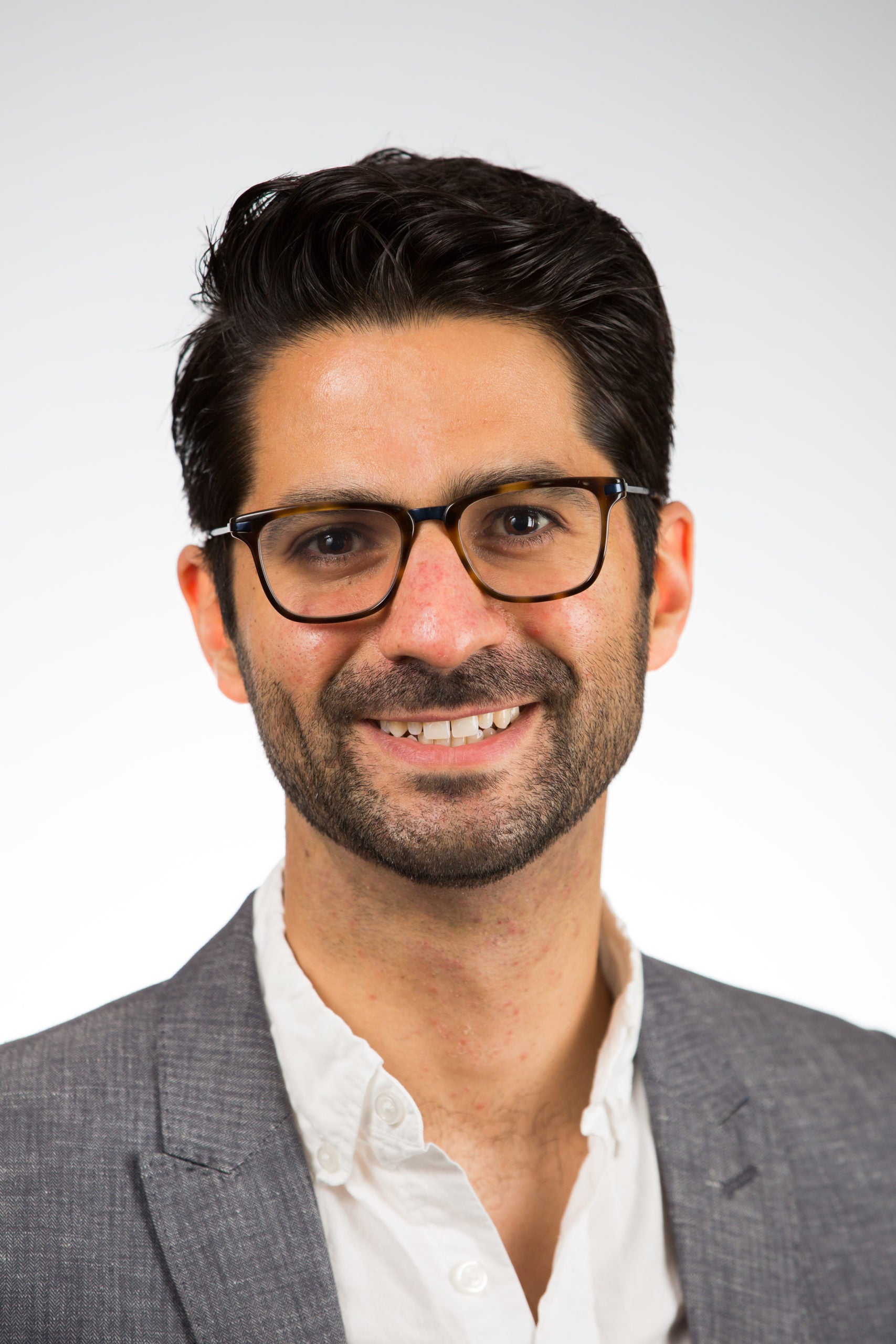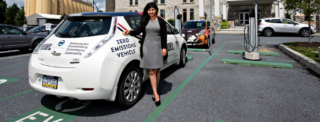- Resources
- Top 3 corporate sustainability trends all business leaders should be watching in 2019
Resources
Top 3 corporate sustainability trends all business leaders should be watching in 2019
Published: April 10, 2019 by Daniel Hill
Last year, I identified the top corporate sustainability trends of 2018. Six months later, I revisited those trends and shared company-specific examples that pointed to their growing traction.
I decided to repeat this process again for this year. But, before I share the top trends for 2019, let me first explain how they are identified.
The growing and changing field of corporate sustainability
I work with hundreds of companies each year to help them determine sustainability projects that make the most sense for their unique business and goals. Through one-on-one conversations with companies participating in EDF Climate Corps, which hit a record high for the second consecutive year, I get a close up look at how businesses across industries from big tech companies like Google and Amazon, to food and beverage giants like McDonald’s and Danone Waters North America plan to reduce their environmental impact.
Here are the top trends in corporate sustainability for 2019 that I’ve identified by analyzing the data from this year’s EDF Climate Corps host applications:
- Mobility projects will gain popularity as a strategy to reduce emissions. Transportation is the leading cause of U.S. emissions. So it’s understandable why mobility-focused projects are everywhere right now from transitioning corporate fleets into EVs to reducing the use of single-occupancy vehicles thanks to ridesharing and micro-mobility alternatives, like e-scooters. Companies are looking to mobility-related projects as a solution to reduce their operational, supply chain, and transportation-related greenhouse gas emissions. In fact, planned IPOs from Lyft and Uber have made headlines recently with some believing that this could lead to more aggressive actions on carbon emission reductions from ride-hailing apps, due to shareholder pressure.
What the data shows: This year, 15% of EDF Climate Corps projects are related to mobility issues, two times as many as last year.
- Longstanding sustainability champions will be joined by the majority. We’re in an exciting transition period: Sustainability is no longer being championed by only the early adopters, but rather the majority. Companies, from well-established corporations to growing medium-sized enterprises, are formally establishing sustainability programs and climate strategies for the very first time. For example, in Barron’s second annual ranking of the 100 Most Sustainable U.S. Companies, one-third of the companies were ranked for the first time this year.
What the data shows: This year, one out of six new EDF Climate Corps hosts are establishing their first-ever official sustainability program.

- Science-Based Targets will see greater diversity from industries. Last year, I identified the rapid growth of companies setting Science-Based Targets (SBTs) as a trend. Since then, the number of companies that have publically committed or already set a SBT including Hershey and Iron Mountain has more than doubled. There are a number of public, voluntary commitments to initiatives around GHG emissions (We Are Still In, RE100), but the SBT Initiative has become an industry best practice. In the year ahead, we will see more industry diversity in SBT commitments, and more collaboration between companies to tailor and adapt methodologies to their specific industry.
What the data shows: Companies participating in this year’s EDF Climate Corps program with a focus on Science-Based Target projects have tripled compared to last year’s cohort.
Congratulations to all of the companies that are redefining what it means to be a corporate sustainability leader this year.
Stay tuned for an update on these trends this fall using real-world projects from this summer.
* Infographic: see what this year’s EDF Climate Corps hosts are tackling
Connect with Daniel on LinkedIn
Follow EDF+Business on Twitter
